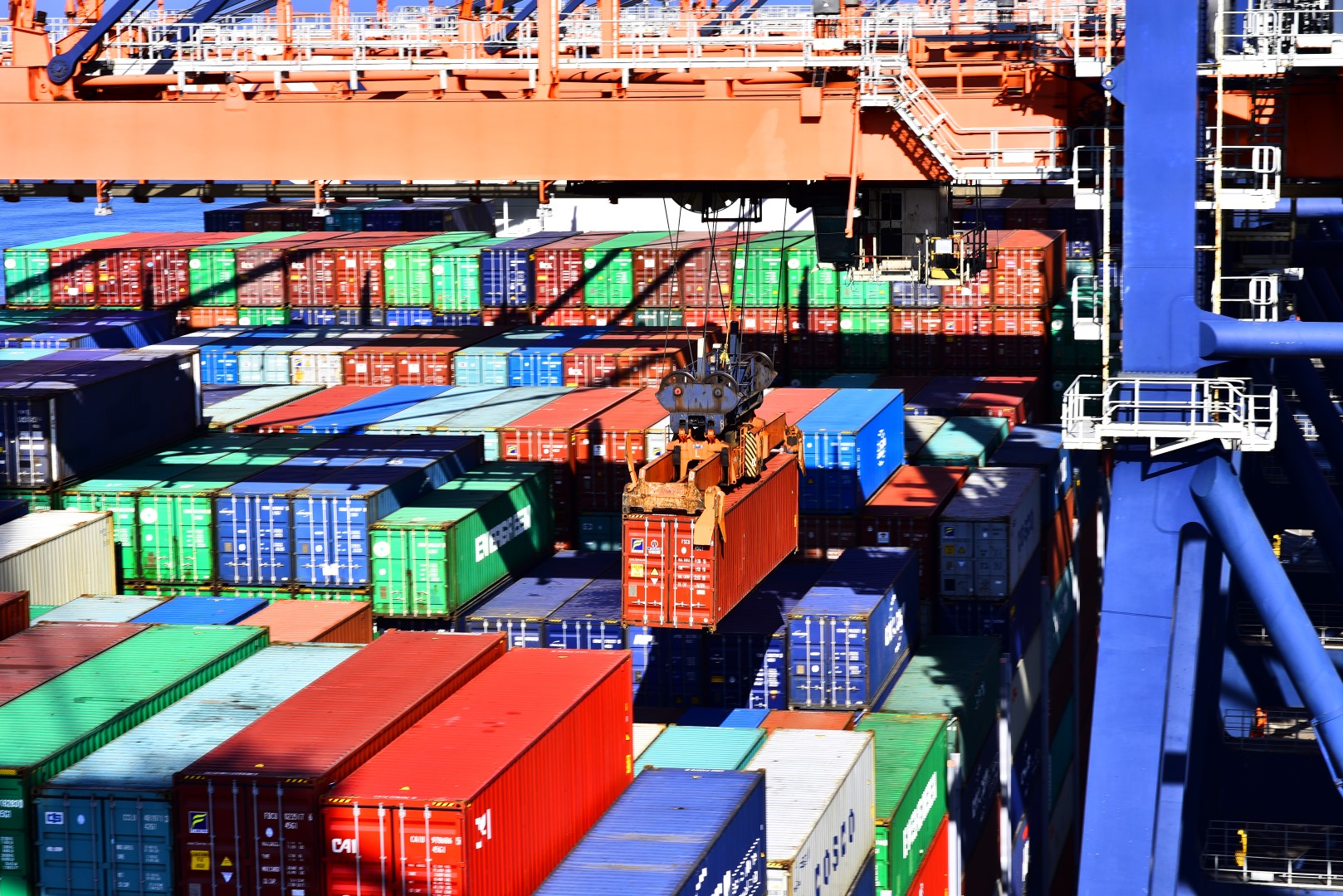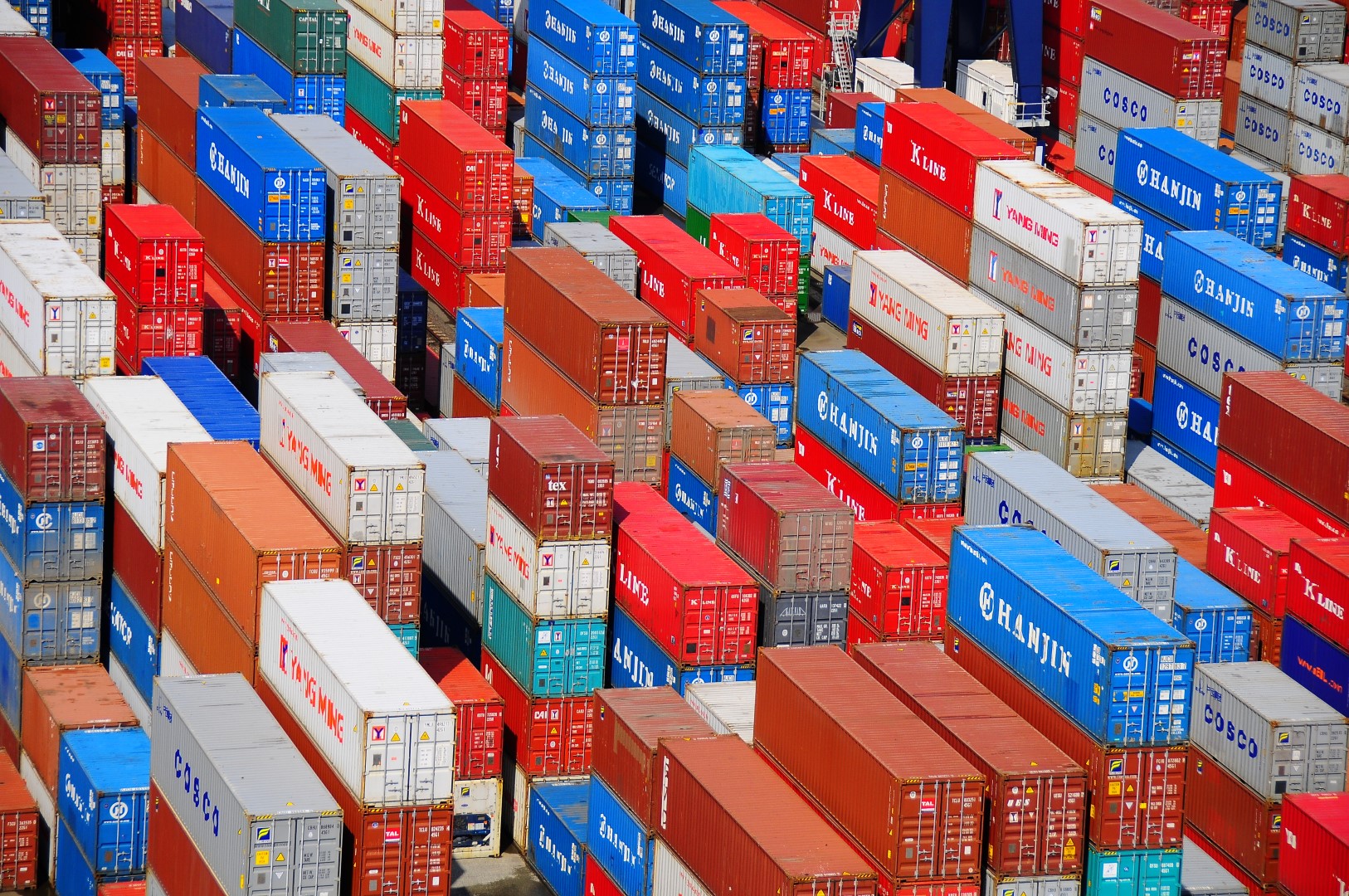Conceptual design & planning for container terminals
In our container terminal design and planning practice, we combine extensive automation and operation knowledge with the latest simulation tools to design an optimal balance between performance, cost and capacity. Container terminal development projects are strategically important with (often) high investments and long time horizons.
Container terminal operators face many decisions from initial ideas to a solid conceptual design. With ever-emerging technologies, there are many ways to realise a container terminal. Portwise navigates through the various equipment options and assesses them with proven, dynamic simulation models, accurate 3D models, detailed concept drawings and validated financial models. The result is a robust conceptual container terminal design which meets short- and long-term objectives aligning with the expected growth trajectory of the site.
At the Portwise we combine extensive operational and automation knowledge with the latest simulation tools to design a container terminal with an optimal balance between performance, cost and capacity. The result is a robust conceptual design which meets short- and long-term objectives aligning with the expected growth trajectory of the terminal.
Conceptual container terminal design is a balancing act between multiple objectives:
Maximize throughput of your terminal
Create most financial value (balance between CAPEX and OPEX)
Create a futureproof terminal in terms of sustainability and competitiveness
Meet or exceed service levels for customers

The following topics are generally addressed as part of a container terminal design and planning study
Definition of design requirements and design constraints such as throughput / performance targets, local regulations, etc.
Conceptual planning of relevant equipment options
Analysis of the required number of stack modules of RTGs, RMGs or other crane types and of which dimensions
Evaluation of the options based on defined criteria such as capacity, financial performance, sustainability, safety etc.
Transition planning from current condition to ultimate long term plan.

End-to-end advice for design & planning of container terminals
We have a loyal team of dedicated simulation analysts who work and maintain Portwise’ inhouse simulation libraries. Our advice reports cover insights from spatial requirements, equipment type, specifications and fleet size, operational requirements and capabilities. Reporting can also include throughput and capacity potential, energy consumption, phasing of development, pros and cons of various terminal handling systems to OPEX / CAPEX figures.
A great example of our design & planning services for container terminals is The Port of Virginia. One of the main ports on the East Coast of the United States. Watch their conversion to semi-automated terminals here.
The value Portwise delivers:
- Translation of container terminal’s objectives (e.g. service levels to shipping lines, annual throughput volumes, etc) into design requirements.
- Assessment of realistic performance levels at design stage.
- Holistic and supplier-agnostic approach.
What makes Portwise different?
- Proven expertise with over design projects completed worldwide.
- Hands-on experience with greenfield and retrofit projects.
- Tooling validated with data from live operations.